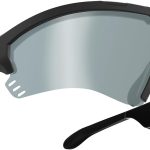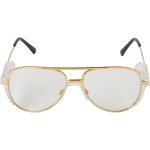It’s a common misconception that sunglasses can provide the same level of protection as safety glasses, leading many individuals to believe they can forgo the use of proper personal protective equipment (PPE) in certain work environments. However, this notion is false and can have serious consequences for worker safety and well-being.
In this comprehensive article, we’ll delve into the key differences between sunglasses and safety glasses, highlighting the critical features and certifications that make safety glasses an essential component of workplace safety. By dispelling the myth that sunglasses can serve as a suitable replacement, we’ll empower you to make informed decisions, prioritize the health and safety of your workforce, and ensure compliance with industry regulations. Prepare to be enlightened on the importance of selecting the right eye protection for the job and why sunglasses simply cannot measure up to the standards of genuine safety glasses.
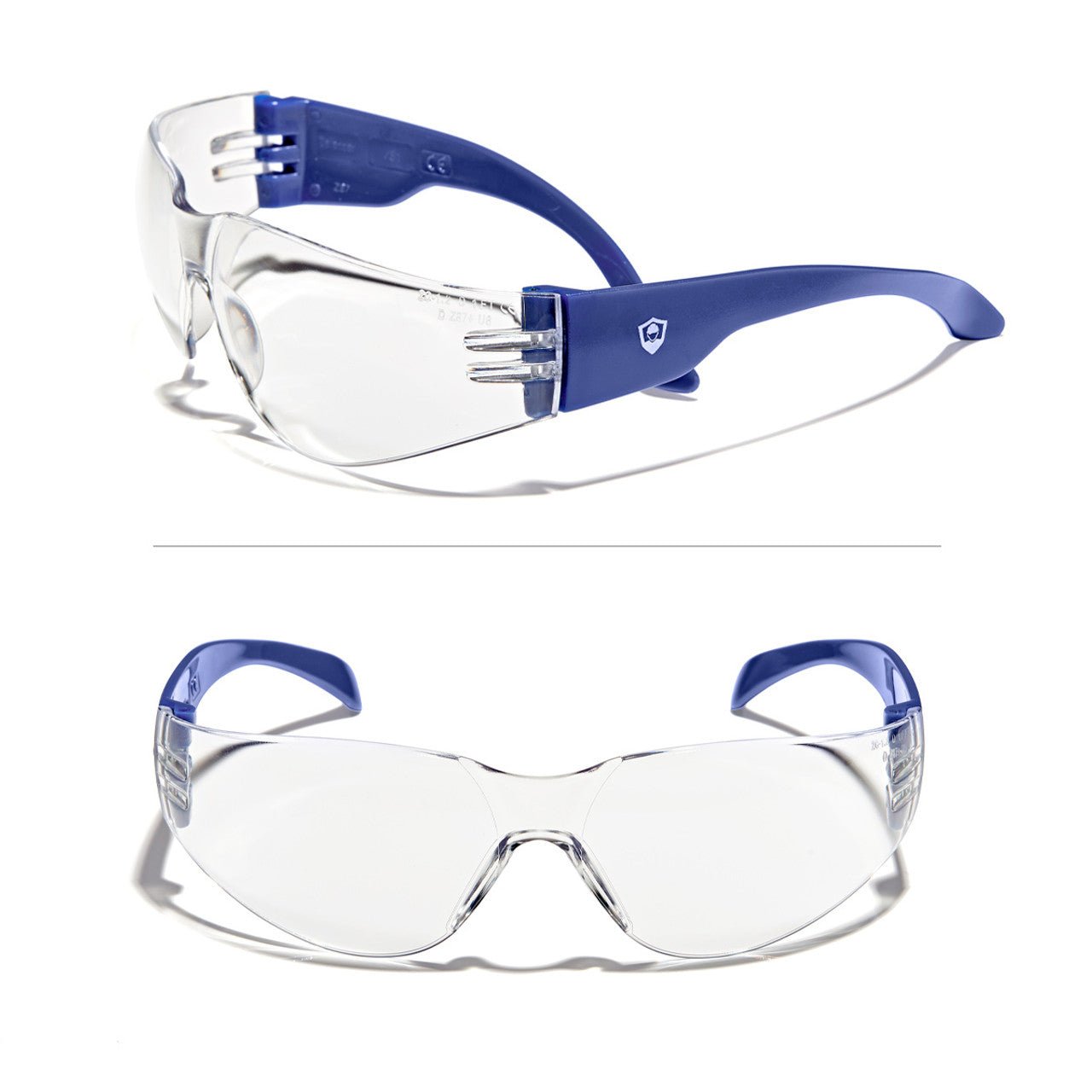
Introduction
Many believe that sunglasses offer the same protection as safety glasses, but this statement requires careful scrutiny. This article demystifies the capabilities of each eyewear type and contrasts their protective features.
Understanding Protective Eyewear
Defining Safety Glasses
Safety glasses are specialized eyewear designed to protect the eyes from various occupational hazards.
Standards and Certifications for Safety Glasses
Detail the specific international standards safety glasses must meet, such as ANSI Z87.1 or EN166.
The Purpose of Sunglasses
Sunglasses are primarily made to shield the eyes from the sun’s glare and harmful UV radiation.
UV Protection and Lens Quality in Sunglasses
Explain the importance of UV ratings, such as UV400, and the various lens categories used in sunglasses.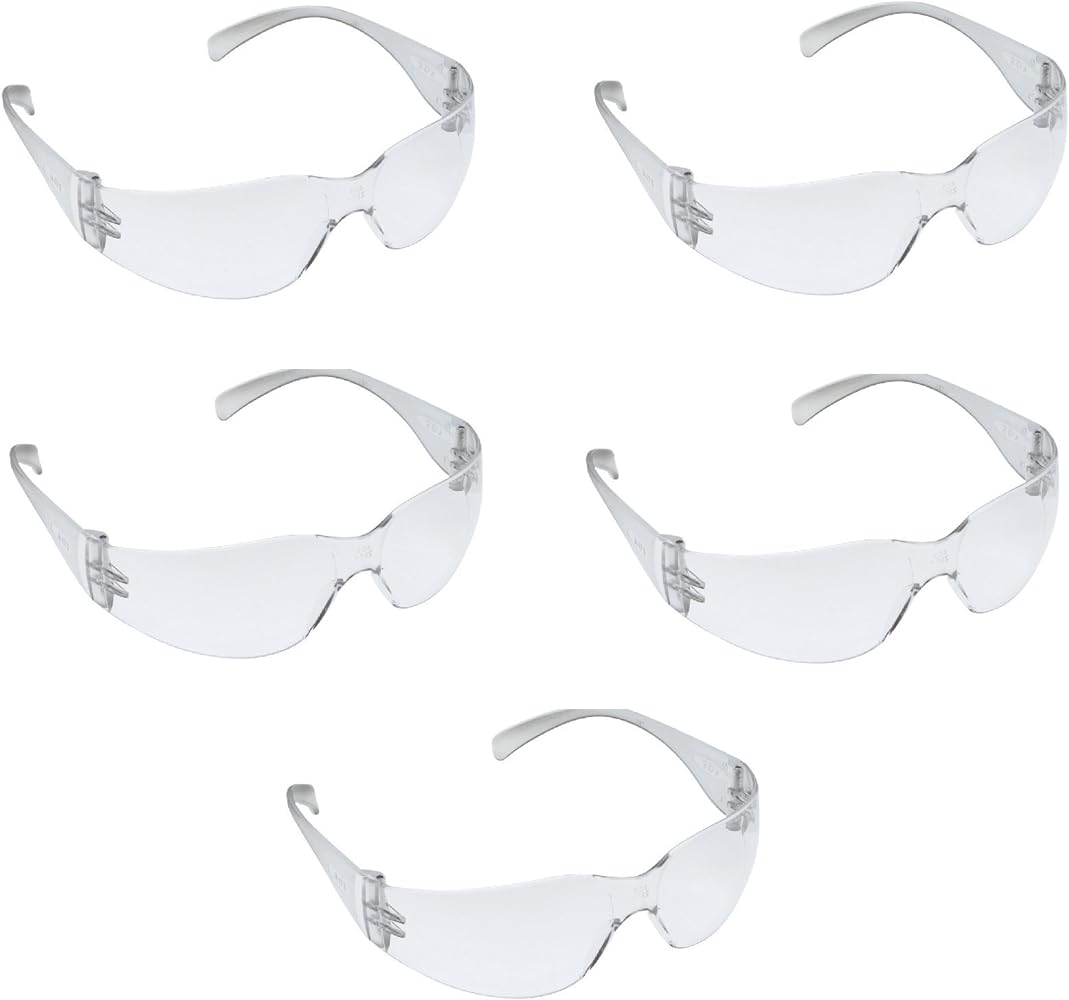
Comparing Protection Levels
Impact Resistance Comparison
Contrast the impact resistance offered by safety glasses with that of ordinary sunglasses.
Testing Procedures for Impact Resistance
Describe how safety glasses and sunglasses are tested differently for their resistance to impacts.
Optical Clarity and Usage Scenarios
Discuss the optical clarity requirements of safety glasses versus the aesthetic and comfort-driven design of sunglasses.
Industry-Standard Requirements for Safety Glasses
Outline the stringent optical clarity standards that safety glasses adhere to for various work environments.
Common Misconceptions About Sunglasses as Safety Glasses
Appearance Versus Function
Address why sunglasses may look robust but are not necessarily built to withstand high-impact forces.
The Non-Safety Features of Fashion Eyewear
Explain how fashion eyewear, including many sunglasses, often lacks the safety features of dedicated safety glasses.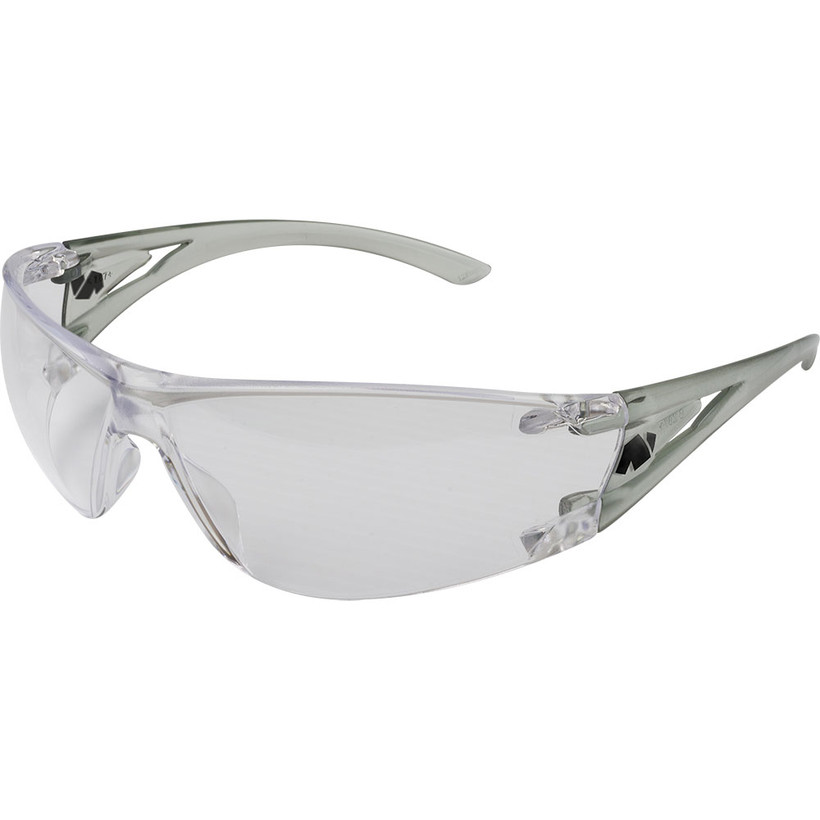
Safety Glasses Versus Sunglasses for Sport and Recreation
The Sports Safety Standard
Detail the standards for protective sports eyewear and how they differ from casual sunglasses.
Choosing the Right Eyewear for Active Lifestyles
Provide tips on selecting the appropriate glasses for sports, considering both protection and comfort.
Specialty Safety Sunglasses: The Best of Both Worlds
Features of Safety Sunglasses
Introduce safety sunglasses that combine the UV protection of sunglasses with the impact resistance of safety glasses.
Appropriate Usage of Safety Sunglasses
Inform where and when to use safety sunglasses for both leisure activities and workplaces.
Sunglasses vs. Safety Glasses: Seeing Through the Myths
Many people believe that sunglasses and safety glasses offer the same level of protection for your eyes. However, this is a misconception that can have serious consequences. While both types of eyewear shield your eyes from the sun’s glare, their functionalities and levels of protection differ significantly.
Understanding Sunglasses: Fashion and Sun Glare Protection
Sunglasses are primarily designed for comfort and reducing glare from the sun. They are fashion accessories that come in various styles and tints, catering to different aesthetic preferences. The lenses of sunglasses are typically made from tinted plastic or glass, which helps to filter out harmful ultraviolet (UV) rays and reduce brightness.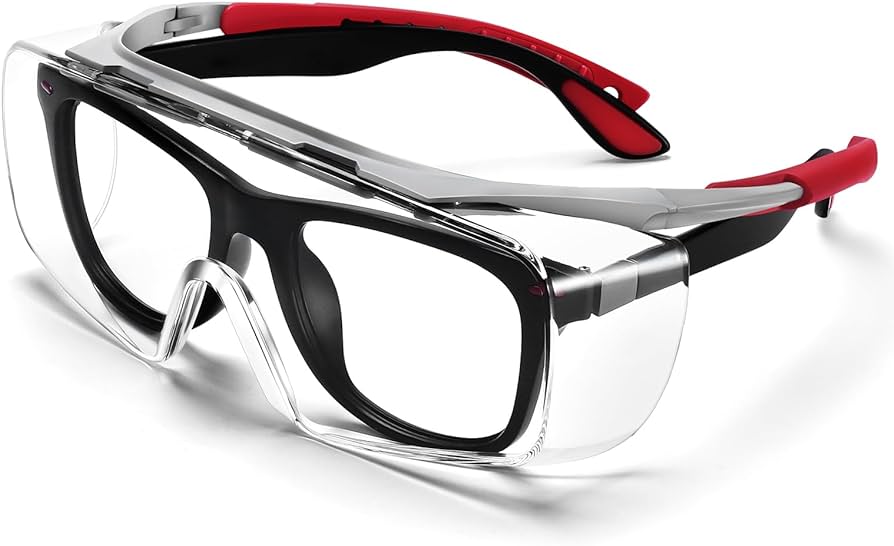
Key Features of Sunglasses:
- UV Protection: Sunglasses offer varying degrees of UV protection, which is crucial for preventing eye damage caused by prolonged sun exposure. Look for sunglasses that block 99% to 100% of UVA and UVB rays.
- Glare Reduction: The primary function of sunglasses is to reduce glare from sunlight, making activities like driving or spending time outdoors more comfortable.
- Fashion and Style: Sunglasses come in a wide array of styles, shapes, and colors, allowing individuals to express their personal style.
Understanding Safety Glasses: Protection from Hazards
Safety glasses, on the other hand, are specifically designed to protect your eyes from hazards in various environments, such as workplaces, laboratories, or during sports activities. They are typically made from high-impact resistant materials like polycarbonate, which can withstand significant force and protect your eyes from flying debris, chemicals, and other potential dangers.
Key Features of Safety Glasses:
- Impact Resistance: Safety glasses undergo rigorous testing to ensure they can withstand high-velocity impacts from projectiles or flying debris.
- Side Shields: Many safety glasses have side shields that provide additional protection from hazards approaching from the side.
- Chemical Splash Protection: Certain types of safety glasses offer protection against chemical splashes, crucial in laboratory settings or when handling hazardous materials.
- Dust and Particle Protection: Safety glasses can also protect your eyes from dust, small particles, and other airborne irritants.
Key Differences: Why Sunglasses Don’t Replace Safety Glasses
The critical difference between sunglasses and safety glasses lies in their intended purpose and the level of protection they offer.
- Impact Resistance: Sunglasses are not designed to withstand high-impact forces and may shatter upon impact, potentially causing further injury to your eyes. Safety glasses, with their impact-resistant materials and construction, provide significantly greater protection.
- Coverage and Fit: Safety glasses offer a more secure and snug fit, often with side shields, ensuring comprehensive protection for your eyes. Sunglasses typically prioritize style over a secure fit, leaving your eyes vulnerable to hazards from the side.
- Material and Durability: Safety glasses are made from durable materials like polycarbonate, built to withstand harsh conditions and potential impacts. Sunglasses, while offering UV protection, are not designed for such rigorous use.
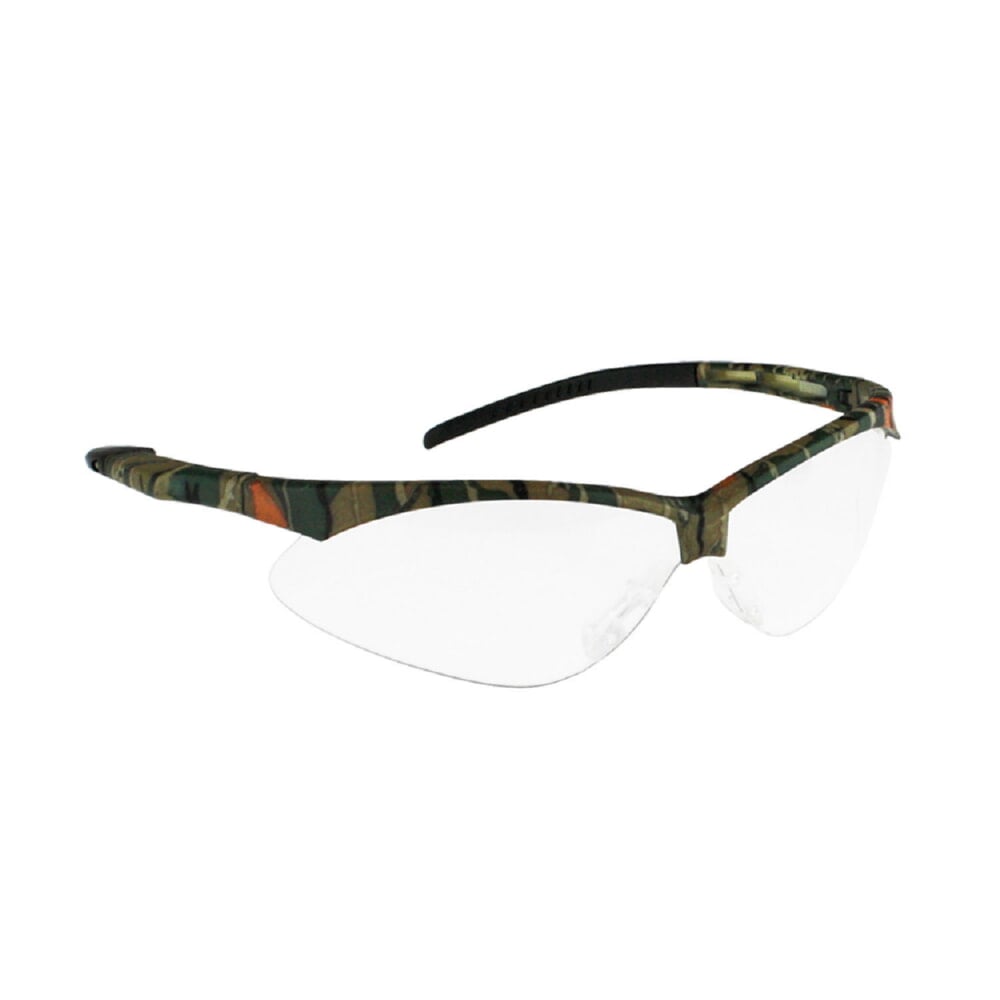
When to Use Sunglasses:
- Outdoor Activities: Sunglasses are ideal for everyday outdoor activities like walking, driving, or relaxing at the beach, where protection from the sun’s glare and UV rays is the primary concern.
- Fashion and Style: Sunglasses complement personal style and offer a fashionable way to protect your eyes from the sun.
When to Use Safety Glasses:
- Workplace Hazards: In environments with potential eye hazards like flying debris, chemicals, or dust, safety glasses are essential to protect your vision.
- Laboratory Work: When handling chemicals or potentially hazardous materials, safety glasses with appropriate side shields and chemical splash protection are crucial.
- Construction and Industrial Work: Construction sites and industrial settings present numerous eye hazards, making safety glasses with high-impact resistance essential.
- Sports Activities: Certain sports like racquetball, shooting, or woodworking require specialized safety glasses to protect your eyes from potential injuries.
Conclusion
While sunglasses provide crucial UV protection for everyday use, they do not match the rigorous safety standards and impact resistance of safety glasses. It’s critical to choose the right eyewear for the task at hand to ensure proper protection and maintain eye health.

